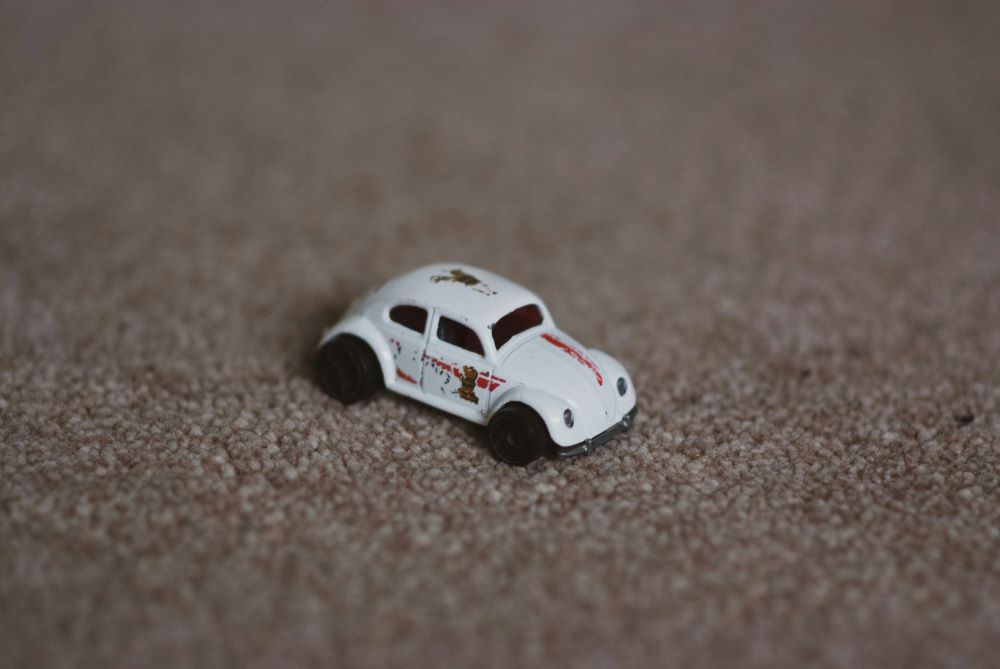No one likes the idea of things living in their home (that aren’t you). And it’s even worse when the things are tiny, with many legs, and crawling around your floor where you can’t see them. Oh yes, today we’re talking all about bugs. And not bugs that are snug in rugs either – but bugs that invade and infest carpets and rugs in homes around the world
Bugs can be the ultimate nemesis of your soft flooring, often completely destroying huge areas before you’ve even had time to notice. Usually this is down to improper cleaning, which allows beetled, bugs and moths to burrow their way inside and feast on your beautiful carpets and area rugs. But there are some simple steps you can take to make sure your carpets are kept fresh and uneaten.
How Do Bugs Cause Damage?
There are generally 3 types of carpet and rug eating beetles – the varied carpet beetle, the furniture carpet beetle and the black carpet beetle. These beetles live for between 2-8 weeks as adults, during which time they lay new eggs (between 40 and 90 each depending on the variety). These eggs incubate between 10 and 16 days before they hatch into larvae. All of the damage to your rugs and carpets is done during this larval stage, which can last anywhere between 70 days for furniture carpet beetles and 630 days for the varied carpet beetle. The beetle larvae feed in dark, undisturbed locations on a variety of dead animals and animal products, such as wool, silk, leather, fur, hair, hair brushed with natural brushes and sometimes on stored products like spices and grains. They don’t feed on synthetic fibres at all, just natural ones. This means that if your rug is stored incorrectly, or your carpet is made of natural or a natural-bled fibre, it can become a thriving home for these little creatures. It can sometimes be difficult to figure out if the damage was caused by a carpet beetle or a carpet moth, but with beetles you will generally find one large area of damage where a colony has eaten away at the fabric, whereas a moth will leave scattered patches. You may also find dried out brown husks embedded in the fabric, which the larvae shed when they reach adulthood.
So How Do I Get Rid Of Carpet Beetles?
Carpet beetles can be incredibly difficult to manage once they are established due to their ability to find food in obscure places and to spread about the house. The best way to manage them is to eliminate them altogether. To do this you will need to get rid of any accumulations of lint, dead insects and hair around your home that would serve as food for the beetles. Any badly infested items will only risk infesting the rest of your home and should be thrown away. Make sure you have every carpet, rug and fabric furnishings in your home thoroughly cleaned and continue to clean them regularly to avoid attracting infestations to a food source. If you have a mattress or bedding stuffed with pillows this can be a haven for the beetles, and spraying them with bug killer just isn’t going to cut it. Instead, you’ll need to find an exterminator who is able to spray them with a lethal gas in a fumigation unit, which will kill the infestation completely. To keep carpet beetles out of your home to begin with, make sure you inspect flowers and other organic vegetation for the adult beetles before bringing them inside. If you live in an area highly populated with carpet beetles, you may want to invest in a protective screen for your windows and doors to keep them from flying inside.
What About Storage?
Of course, infestations don’t just happen in the home. One of the most common causes for rugs or spare carpeting is improper preparation and care while they are in storage. Before you store items that are susceptible to carpet beetles, make sure they are infestation free and completely clean. You should then place them into an airtight container and put a layer of paper over it, covering at least every few inches. On this paper you can then place insecticide-impregnated resin strips labelled for the control of carpet beetles on fabrics, or you can use moth balls, flakes or crystals. Make sure these substances don’t come into direct contact with plastic buttons, hangers or garment bags, as they can cause plastic to soften and melt into the fabric. Resin strips are generally more effective and long lasting for the prevention of carpet beetle infestation, especially when used in an air tight environment.
For more information about how to care for and store your carpets and rugs effectively, or advice on controlling carpet beetle infestation, call our experts for a free consultation.

